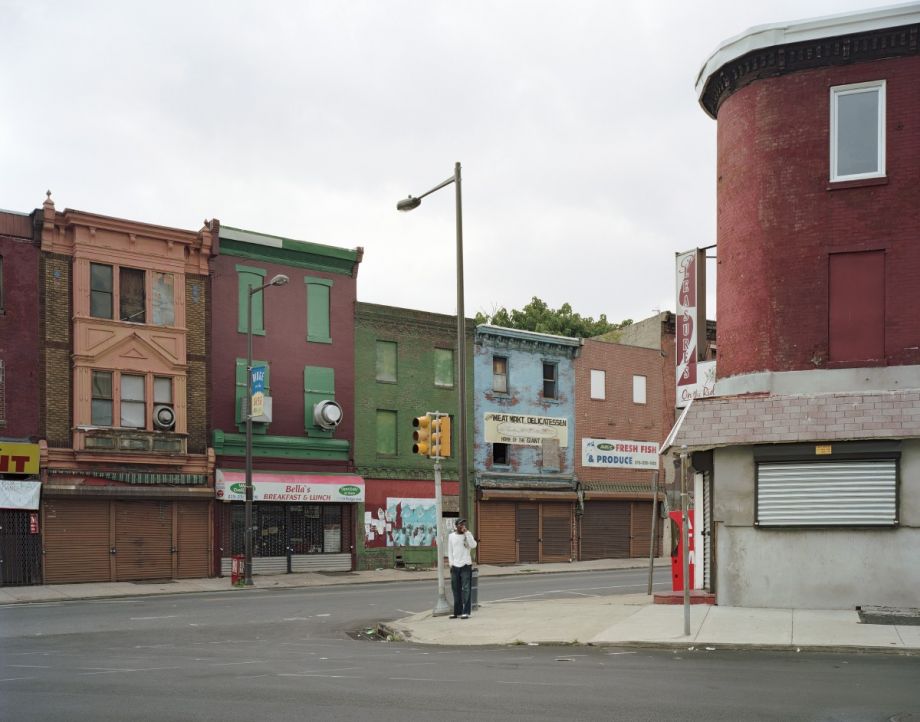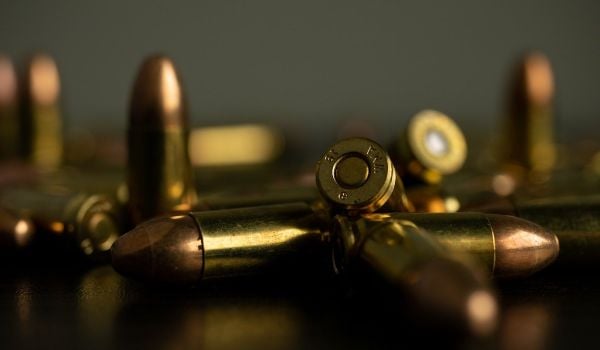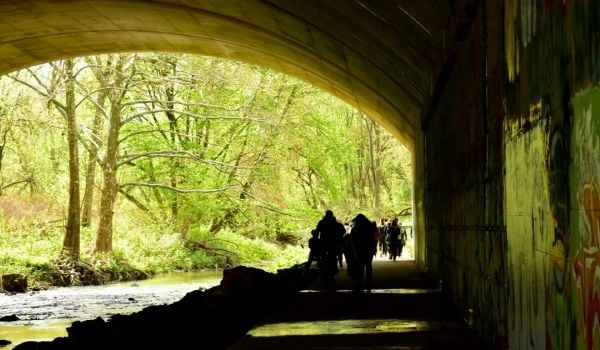At two different times of his life, photographer Daniel Traub spent time traversing North Philadelphia. As a teen in the late ’80s, he spent weekends and summers with his mother, artist Lily Yeh, transforming vacant lots and initiating arts projects as part of her work with The Village of Arts and Humanities.
The second interlude came after a years-long stint working as a fine arts photographer and filmmaker in China. “I had been living in China for about a decade previous to this project,” says Traub, of the work that appears in North Philadelphia, a new monograph of photographs slated for publication November 11th. “I had been doing several different projects looking at the outskirts of Chinese cities. I was looking at issues of inequality, particularly of migrant workers.”
Returning to Philadelphia in 2008, Traub says he “wanted to transplant the issues I was looking at in China — issues of inequality and division — to the U.S. It made sense for me to come back to … the place where I grew up. North Philadelphia kept coming back to me in my imagination.”
But instead of encountering the vibrant energy he recalled from his youth, he found a changed neighborhood — or, at least, his perception of it had changed. The area was “alien and abrasive,” he writes in the new book, “and going alone, day after day, was a struggle. I became aware of myself as a privileged outsider with a camera, in a place where I did not belong.”
You can feel the isolation in his photographs. Some of it likely comes from what Traub was experiencing, but the images also emit a sense that the neighborhood exists in isolation — not just due to a protracted economic depression, but as a space physically distanced from the revitalization of other areas of the city. For many people on the outside of disadvantaged communities, all images of crumbling row houses, empty lots and black people in “urban” streetwear blur with images from movies or The Wire. But North Philadelphia has distinctive textures, colors and ambiance, which Traub has been able to pick up on. The photos show a place different from other similarly blighted neighborhoods in Detroit, Baltimore or D.C., if you look closely. North Philly is even different than other poor areas in Philadelphia, like Mantua or Southwest Philadelphia, which it might take a Philadelphian to be able to capture.
Traub displays the vibrancy of the primary colors and stateliness of architecture. Within the way he composes the photographs, there is also an impression of calm and motionlessness, despite the alarming onset of decay and lack of economic investment. This prevents the photos from skirting too close to “ruin porn.” There’s nothing salacious or exploitative about them. They are contemplative. I talked to Traub about the new book, and here are some of his photos and how he thinks of them.
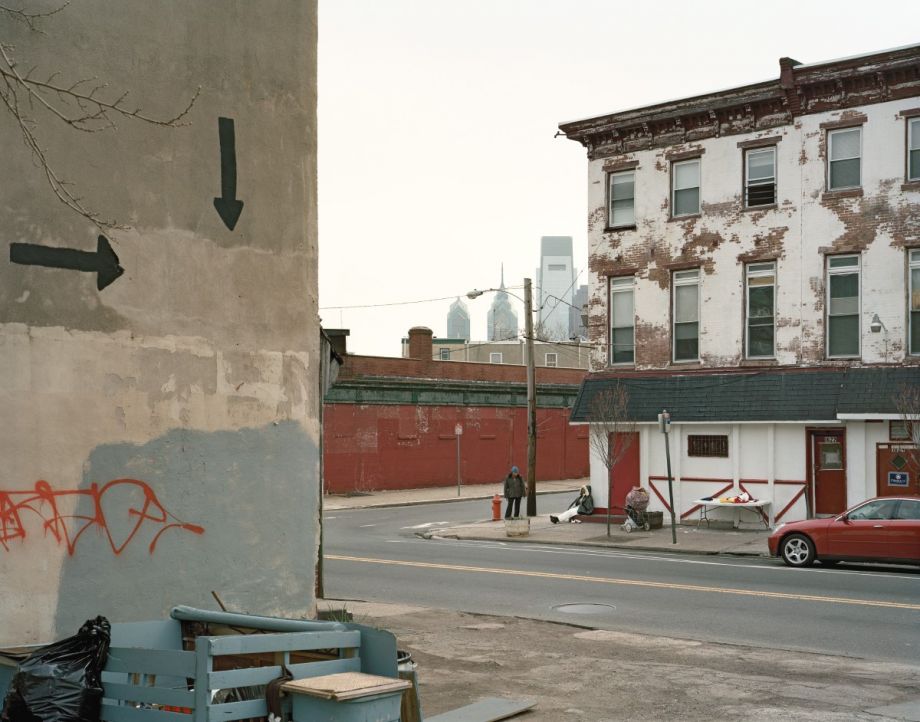
(Photo by Daniel Traub)
“There is the sense that Philadelphia is a divided city. There’s the relatively affluent Center City area, that’s mostly white. And when you enter into some of these other areas it feels like you are crossing a divide… . I didn’t set out with an agenda to show injustice. The longer I did this project, the more personal it became.”
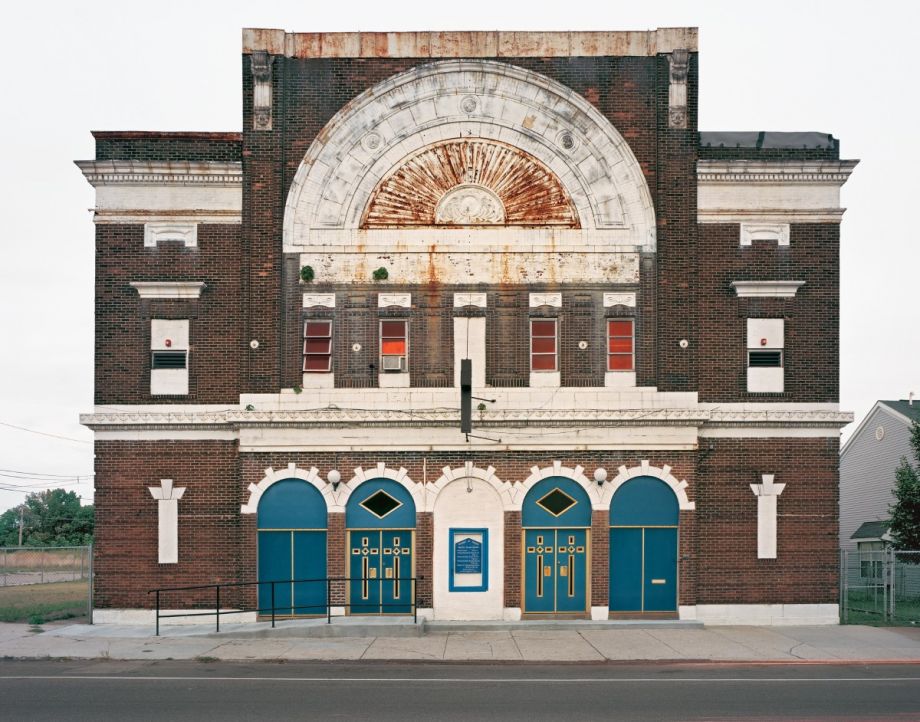
(Photo by Daniel Traub)
“I think just growing up in Philadelphia, you are aware of history, just in our common consciousness. There’s a narrative that North Philadelphia was once a middle-class neighborhood. Parts of it were Jewish and when the Great Migration came from the South, it became a black neighborhood. And then there was white flight. There are certain narratives that some people are aware of, unconsciously maybe.”
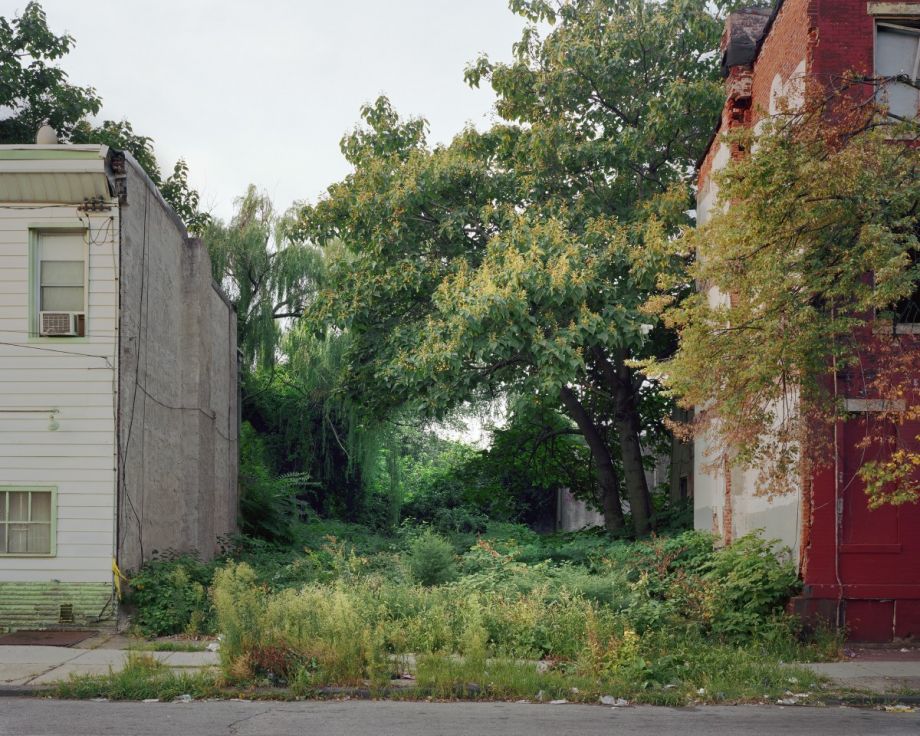
(Photo by Daniel Traub)
“The vacant lots are sort of an ambiguous space. On the one hand, they collapse in abandonment. They are kind of like holes in the fabric of the city. In one sense, they are very sad spaces. On the other, they can evoke something quite beautiful. Nature retakes the spaces and there’s a sense of rebirth. Some of them are maintained by neighboring residents. Some people tend gardens or put up sculptures or memorials. They kind of transport you into another world, because they are framed on both sides by houses.”
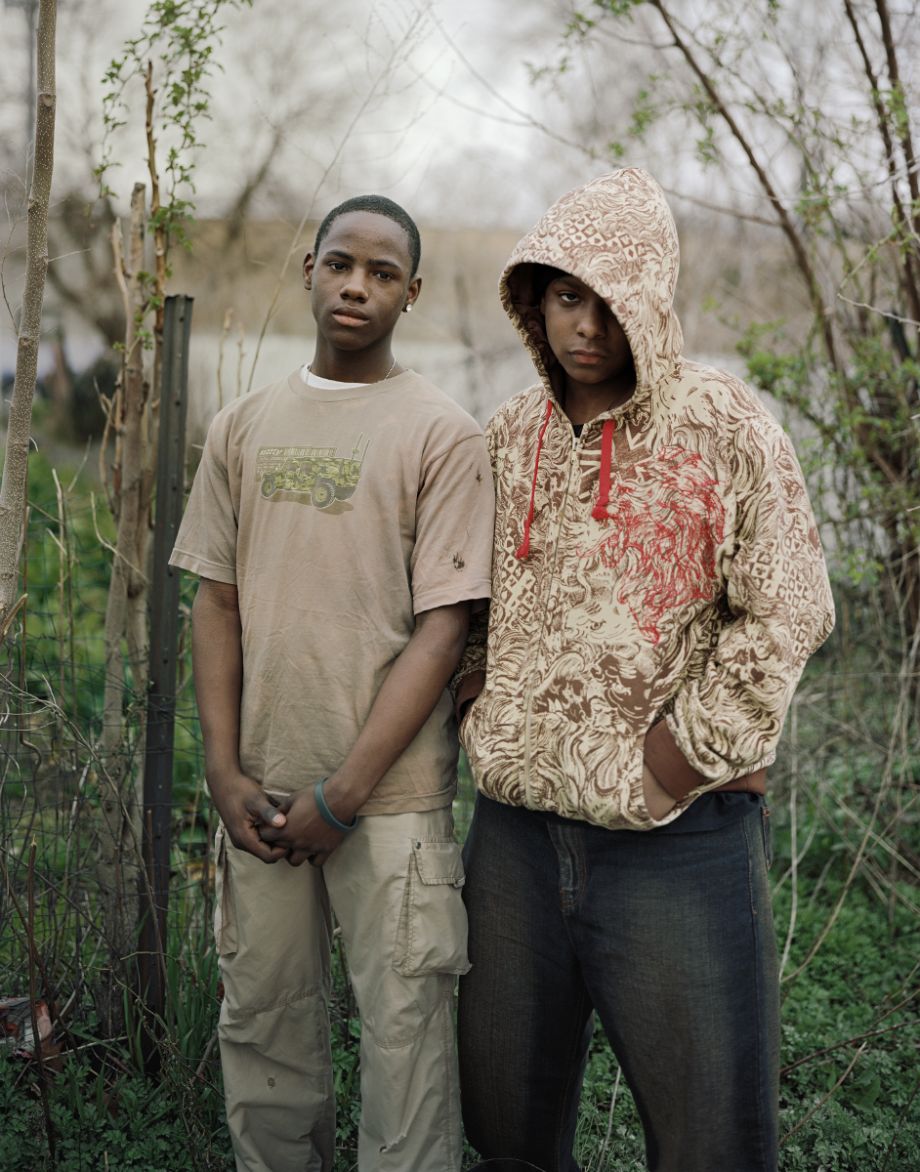
(Photo by Daniel Traub)
“The portraits give a face to the neighborhood. In a sense, the landscapes just contextualize the people. … I had a relationship with this place years ago and still felt an emotional connection to the place. In a sense, that may have been an illusion, since I hadn’t been back in decades. When I first started photographing people, some people were distrustful. Some thought that I was a real estate developer. There were a few people who were hostile and had reason to be suspicious. I found that when I told people what I was doing, and that I had spent time there growing up, some people were touched that I was doing this project. For the most part, people were welcoming.”
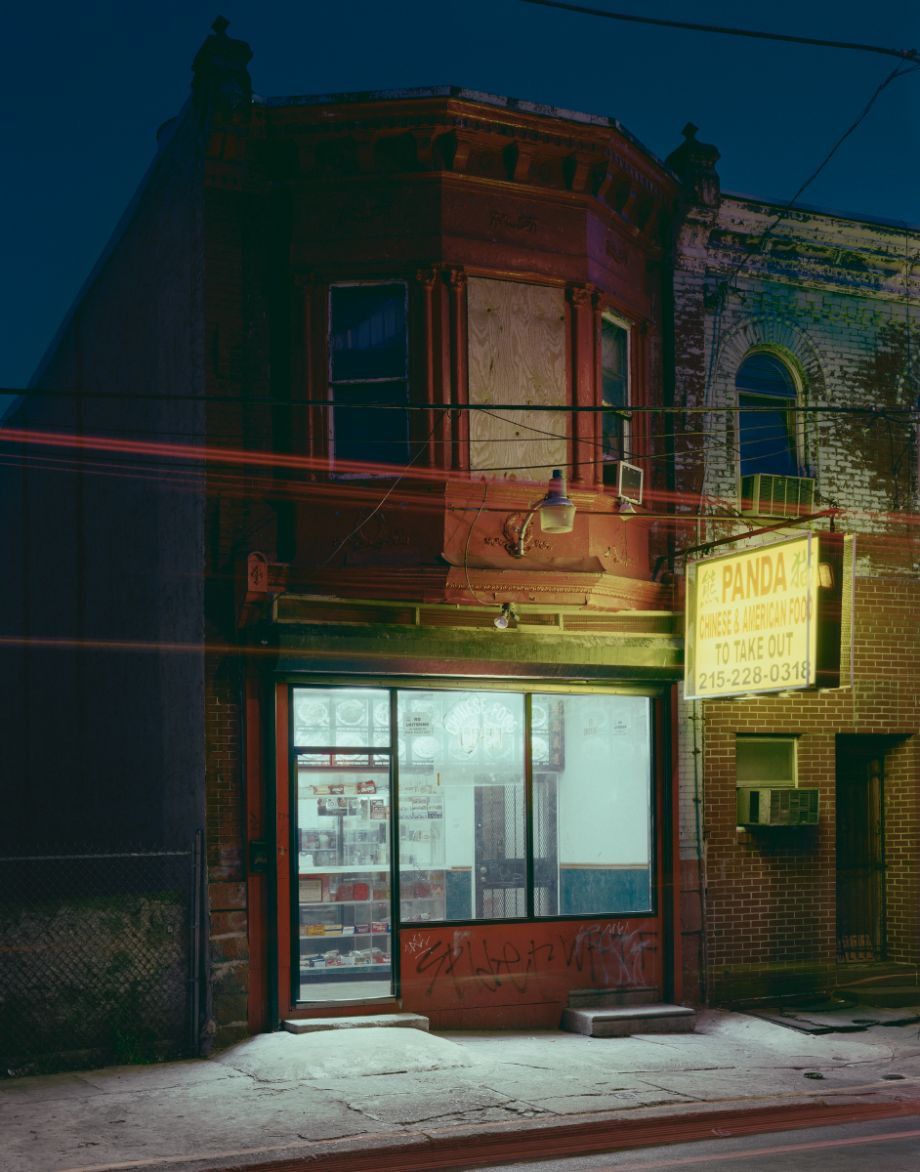
(Photo by Daniel Traub)
“I was kind of fascinated with [Chinese food establishments], particularly because I had just come back from China and I’m half Chinese. We’re all aware of take-out restaurants, but I became particularly attuned to them, because they’re everywhere in North Philadelphia.”
Daniel Traub will appear at a book signing for North Philadelphia on October 3, 2014 at the International Center of Photography. For more on the book and other events, see the photographer’s site.
The Equity Factor is made possible with the support of the Surdna Foundation.
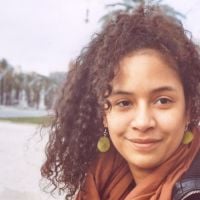
Alexis Stephens was Next City’s 2014-2015 equitable cities fellow. She’s written about housing, pop culture, global music subcultures, and more for publications like Shelterforce, Rolling Stone, SPIN, and MTV Iggy. She has a B.A. in urban studies from Barnard College and an M.S. in historic preservation from the University of Pennsylvania.


